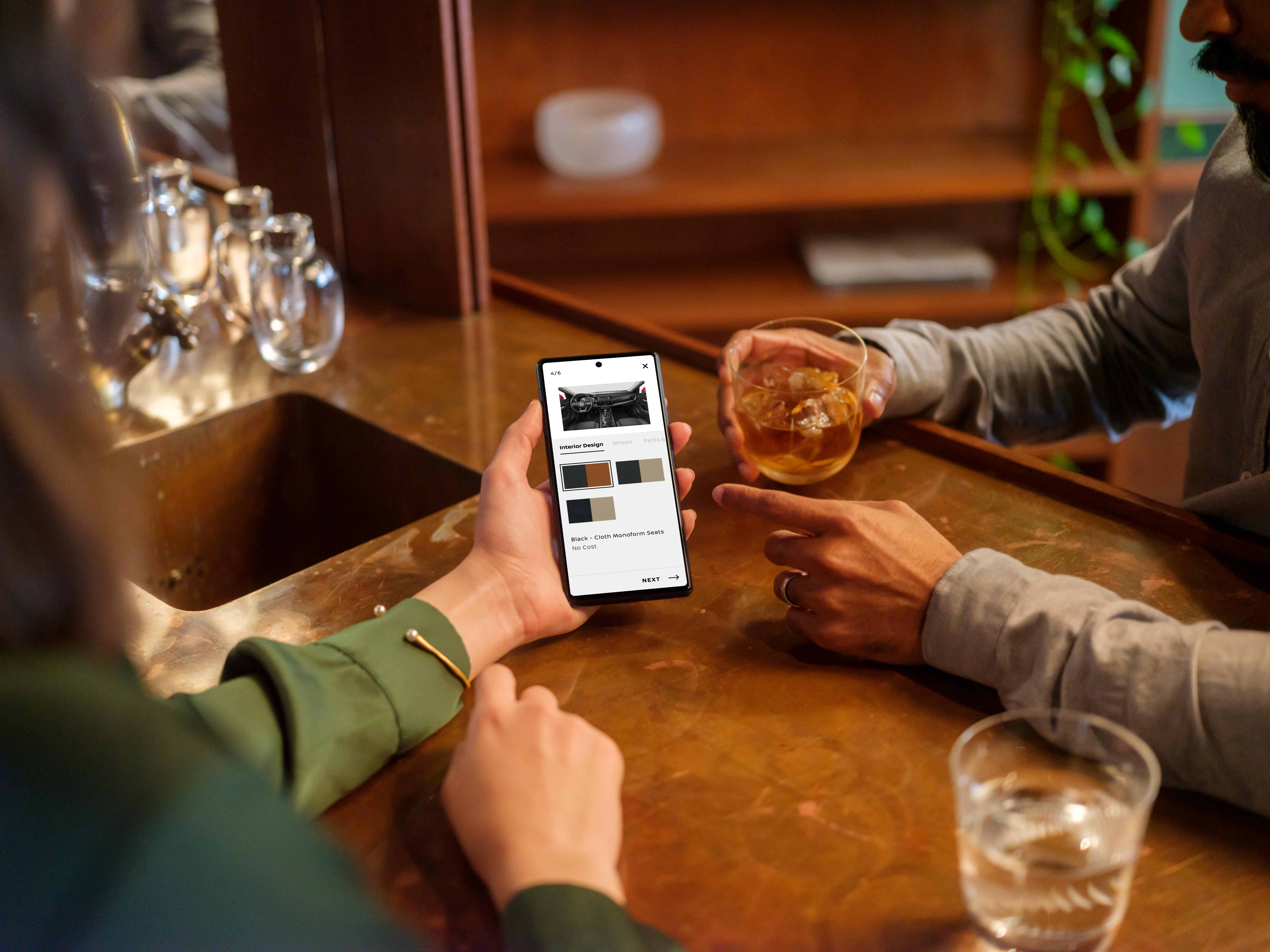Design services
We adapt our approach to your project.Together, we create a custom plan to take your brand where it needs to go and beyond.

001
Listen
The project starts with a deep dive into your business to thoroughly understand your needs and align our methods for a solid project foundation.
Defines what will be created, what’s included, and what’s outside the project’s boundaries. Helps align expectations and prevents scope creep.
Identifies who is responsible for feedback, approvals, and final decisions. Streamlines communication and helps keep the project on track.
002
Research
The goal of the search is to expand our knowledge through in-depth project analysis, case studies, trend analysis, and cultural references.
003
Concept
Guiding concept informs the developement of our solutions. We create robust products that embody the personality, and value proposition of each
These rough representations help explore user flows, interactions, or layouts early—before investing in detailed design.
Helps refine the direction and ensures alignment before moving into design or development.
004
Design
The project can result in various digital formats such as a website, app, or landing page, or it can be a comprehensive 360º experience utilizing all brand touchpoints.
Prototypes allow users and teams to experience key flows and interactions without writing code. They’re used to test functionality, validate assumptions, and communicate ideas effectively to developers and stakeholders.
Tests are conducted using prototypes or beta versions to identify friction points, misunderstandings, or barriers to task completion. Insights are used to refine design and improve user experience.
Let's work together
Everything will begin around a coffee or a nice call to understand your expectations or the problems we can help solving.